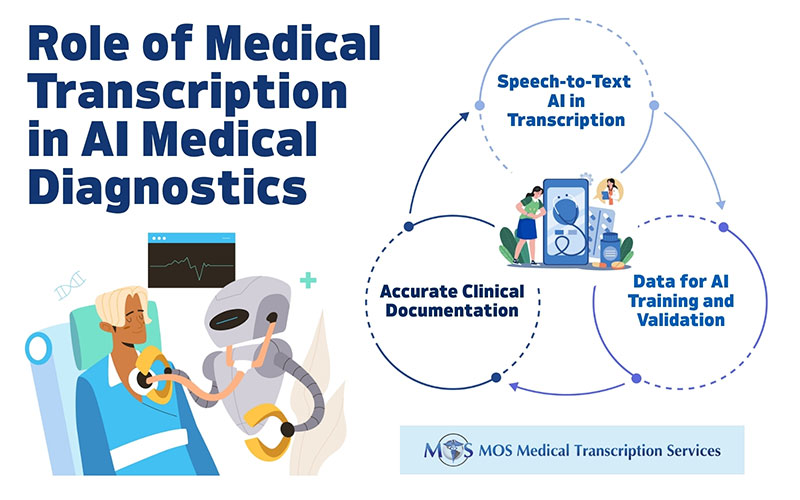 Electronic Health Record (EHR) is a systematic way of storing patient records such as personal information, disease, modes of diagnoses and recommendations by the physicians and so on, with the objective of ensuring easy availability of necessary data when needed. EHRs are valuable tools for doctors treating patients.
Electronic Health Record (EHR) is a systematic way of storing patient records such as personal information, disease, modes of diagnoses and recommendations by the physicians and so on, with the objective of ensuring easy availability of necessary data when needed. EHRs are valuable tools for doctors treating patients.
The main purposes of a patient’s electronic health record are:
- For documentation and planning of patient care
- As a means of communication
- As legal records or documentation
- For further research & education
- For providing comprehensive details regarding the patient’s illness, care, treatment and outcomes
The After Visit Summary
Technology has become more accessible to healthcare consumers. Doctors now take printed copies of health records that patients can take home and review at their own convenience. This printout called AVS or After Visit Summary is given to the patient at the time of discharge. As per The Centres for Medicare and Medicaid Services, AVS should include the name of the provider, a diagnosis, discharge instruction, current list of medications and instructions on how to take them, laboratory test reports and also time and location of the next appointment.
It is estimated that around 40% to 80% of patients do not remember the information that they received from healthcare providers, and most of what they remember may be incorrect. This leads to medication errors and poor follow-up care. A sure way to ensure proper follow-through care for patients is to combine verbal instructions along with written directions. This is what the AVS offers patients – a written care plan for them to follow. Patients can refer to the AVS whenever they have a doubt regarding what they were told during an office visit or at the hospital.
The information in the medical records is changed and updated from visit to visit of the patient. It helps patients to know more about the care that they received and empowers them to take a more active role in managing their health.
Patients Discharge Summaries and Ways to Improve Them
Speaking of the patient discharge process, it has an important role to play with regard to patient outcomes. The better the discharge summaries, the better would be the patient outcomes. A study from the Yale University School of Medicine shows that patient outcomes could be improved after a hospital stay, if a detailed discharge summary is made and distributed quickly to the patients’ doctors. It would reduce the chance of patients being readmitted within 30 days.
- Accurate Content: Discharge summaries should contain accurate information about the patient’s health condition at discharge and recommendations for further follow up.
- Transmission: Hospitals should not take much time in sending the summary to the right physician after the discharge of the patient. Doing this would streamline the patient’s recovery and ensure the good care that they need.
- Timeliness: The hospital should provide the summary of the patient to the provider as soon as possible. The summaries should be prepared within three days.
To ensure that discharge summaries meet the above requirements, the features of EHR system can be taken advantage of. A reliable EHR can quickly transmit information regarding a patient’s hospital stay to a primary care provider and thereby avoid problems that may be caused by insufficient information after discharge. A discharge template can be created into which details of a patient’s condition before discharge can be entered. This may involve customizing individual EHRs.
Physicians and hospitals that prefer the traditional dictation-transcription method can continue to do so with the support of efficient EHR integrated medical transcription services. In this case, physician recordings are transcribed and entered into the appropriate EHR fields by professional transcriptionists.


